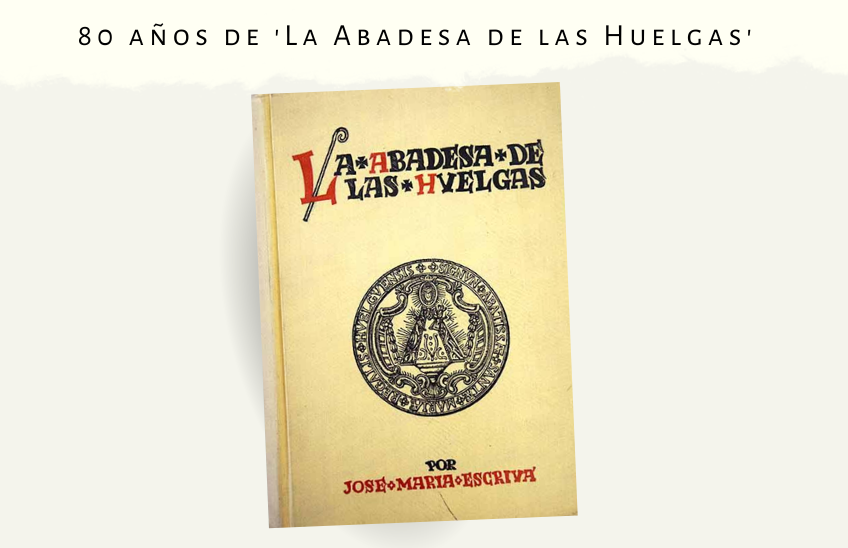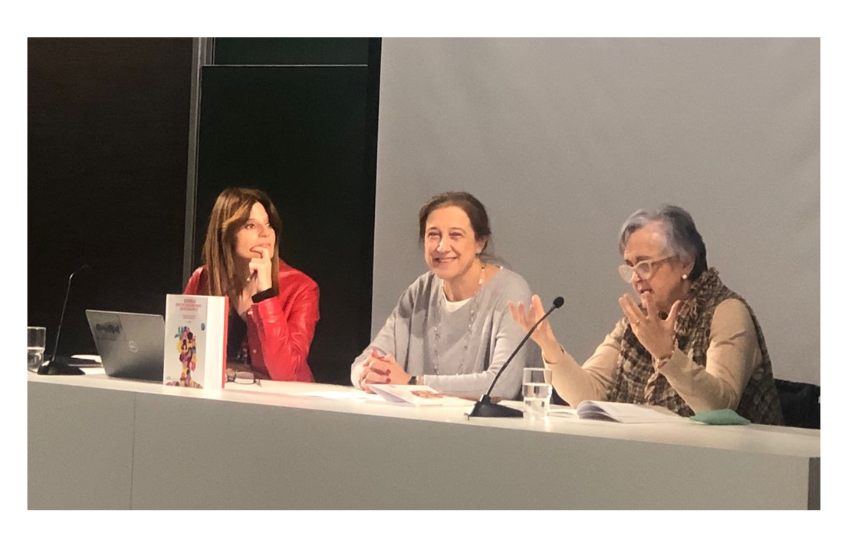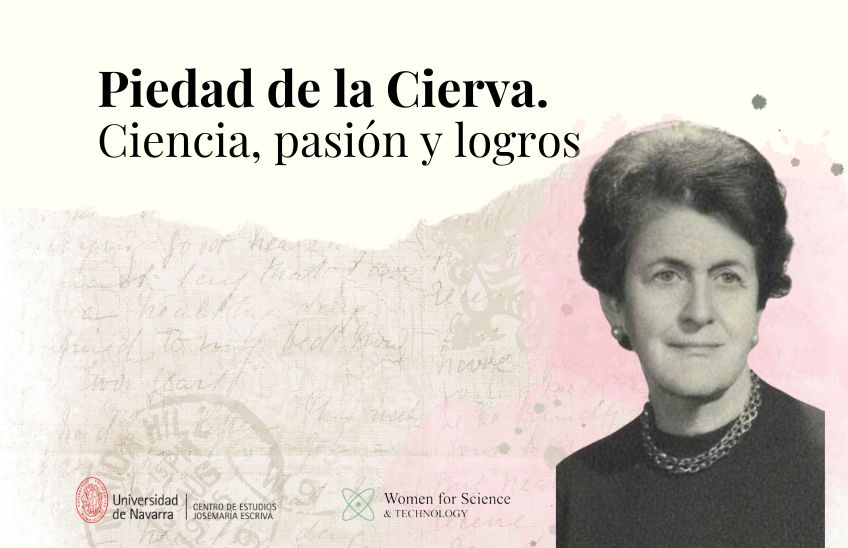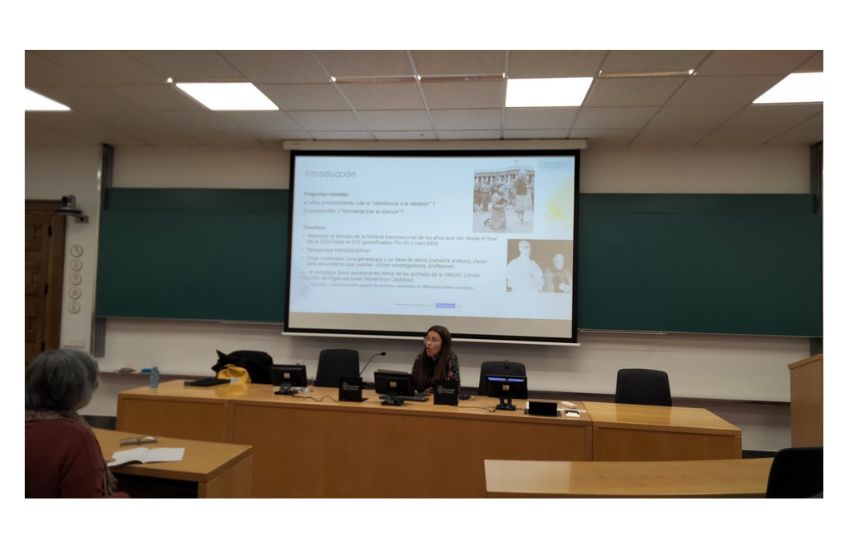Noticia_ New SetD Volume
New volume of "Studia et Documenta".
The Istituto Storico San Josemaría Escrivá launches a new issue, 18, of the magazine 'Studia et Documenta'. This edition presents research on the supernumerary members of Opus Dei, men and women, as well as on the programs of study, notes and documents dealing with various aspects of the Institution's history.
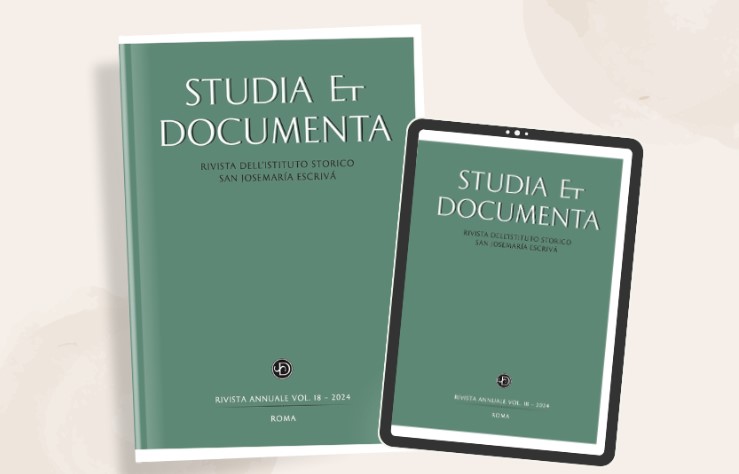
08 | 04 | 2024
The Istituto Storico San Josemaría Escrivá has just published volume 18 (2024) of the magazine "Studia et Documenta", with programs of study historical, theological, juridical and sociological studies on St. Josemaría and Opus Dei.
The monographic section brings together eight texts on the work of St. Gabriel, which present some personal trajectories and his interaction with the environment itself.
It offers the biographies of two supernumeraries of different social and religious backgrounds: the Argentinian María Eugenia Ibarguren de Gallardo (1939-1996) and the American Ruth Pakaluk (1957-1998). Both share some traits: they were mothers of large family, they devoted themselves to altruistic causes and serenely accepted, while still young, illness and death. Both investigations are signed, respectively, by historians Milagros Gallardo and John Coverdale.
The researcher Alfredo Méndiz discusses the work Tomás Alvira, one of the first supernumeraries of Opus Dei, as director of the high school Infanta María Teresa for orphans of the Guardia Civil, between 1950 and 1957. The article highlights how Alvira improved the living conditions of those students, with affective and formative deficiencies.
Francisco Santamaría, philosopher and writer, presents a portrait of the Asturian businessman Luis Adaro, Gijón's first supernumerary, who embarked on numerous initiatives at the service of his regional community.
Historian Ana Escauriaza analyzes the profile of Aurora Nieto, a supernumerary from Salamanca, widow and mother of three children, whose home was an important center of apostolate with young people in that city.
The article Professor Darío Casapiccola studies the incorporation of supernumeraries in Buenos Aires and Rosario between the arrival of the Work in 1950 and 1961. On the other hand, the researcher Luis Cano examines the group He attended the retreat course preached by St. Josemaría in Molinoviejo during Holy Week in 1949.
Finally, María Luisa Galdón and Julio Montero discuss the first cohabitations organized for Spanish supernumeraries between 1952 and 1957.
The section Studi e note brings together five works that explore various aspects of the history of Opus Dei. Three focus on the growth of the Institution in different geographical areas: Federico M. Requena examines the work of Opus Dei in Washington between 1957 and 1961; Cosimo di Fazio investigates the first expansion in Italy in 1949; and Eliana Fucili discusses the first steps of the apostolate with women in Argentina. On the other hand, José Luis González Gullón studies the names and surnames of the founder of Opus Dei; and Santiago Martinez deals with secular clerical institutes during the pontificate of Pius XII.
Documenti
While living in Burgos during the Spanish Civil War, the founder of Opus Dei wrote a monthly bulletin familiar. There was some news of the young people who had lived or attended the Madrid Academy.residency program DYA, then scattered throughout Spain. At the same time, he brought them a message of encouragement to keep them vibrant in the faith. In the Documenti section, María Jesús Coma and María Eugenia Ossandón introduce and annotate the second issue of this series, corresponding to the month of April 1938.
It was the most extensive of the newsletters sent from Burgos, which was distributed to about 50 subscribers. It is a typed document that is kept in the file General of the Prelature of Opus Dei and is made up of nine pages.
Notiziario
In the Notiziario section, Julio Montero discusses the project to tell the story of the high school Tajamar, de Madrid. That initiative professor It emerged as a service educational in a very specific setting and time: the Madrid neighbourhood of Vallecas, in the mid-50s of the last century. Its promoters wanted to bring the Education to a slum that lacked the most basic resources and to provide training to those who desire it.
Montero gives an account of the goal of the project and the methodology of work based on programs of study quantitative and qualitative. It also details what subject of history wishes to narrate and the progress made in the writing of the book.
You can view the table of contents here.
You can purchase the volume here.


